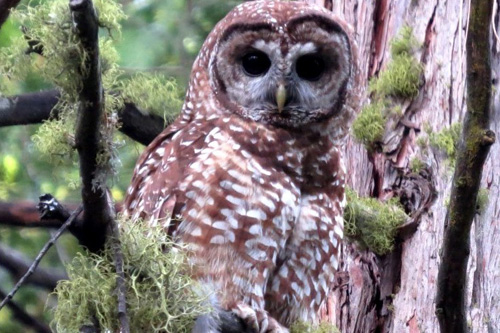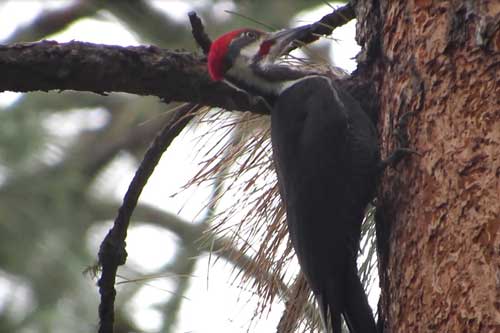Perhaps a backlash is in order.
"For almost two years, the Yerkes National Primate Research Center at Emory University has been working to send seven chimpanzees to a zoo in England, prompting the outrage of several animal welfare and conservation groups because the zoo is unaccredited and there are American sanctuaries ready to accept the chimps." From the NYTimes.
Here is the latest update in our critical campaign to stop
the transfer of Emory’s Yerkes 7 endangered chimpanzees—Agatha, Elvira, Faye,
Fritz, Lucas, Tara, and Georgia—to Wingham Wildlife Park in Kent,
England.
Immediately upon hearing Judge Ketanji Brown Jackson’s
decision that New England Anti-vivisection Society NEAVS and its coalition lacked standing to stop the export permit,
and upon reading the Court’s language regarding the export, including that
“FWS’s [U.S. Fish and Wildlife Service’s] broad interpretation [of the
Endangered Species Act] appears to thwart the dynamic of environmental
protection that Congress plainly intended,” it is obvious that the legality of
this export permit was successfully challenged. (As background we have attached
the entire court ruling, but most important are pages 56-58; key sections
highlighted.) The Judge’s ruling places both Yerkes and FWS under a glaring
spotlight. Even with the permit in hand, the illegality and accompanying
immorality of this export is no longer in doubt. It is
confirmed.
NEAVS appealed directly to the Emory University President and
its Board of Directors. You can view the letter here: http://www.neavs.org/resources/publication/641.
And to the Association of Zoos and Aquariums, who soon will
welcome Dan Ashe, Director of FWS under which this highly unethical and
blatantly wrong interpretation of the Endangered Species Act has occurred. You
can view the letter here: http://www.neavs.org/resources/publication/642.
NEAVS and its coalition of chimpanzee and conservation
experts, former Yerkes caregivers, and animal advocates will leave NO STONE
UNTURNED to stop this export of endangered lab chimpanzees. As we write, our
lawyers are planning our prioritizing our next steps. Our staff are working hard
on internal strategies.
We are now asking
YOU to SPEAK
OUT in opposition to this illegal export permit as it is in clear violation
of what the U.S. Congress intended within the language of the Endangered Species
Act (ESA).
ACT NOW.
1. Express your strong disapproval of the export permit
TODAY by contacting Emory University President, Claire E. Sterk, Ph.D. at president@emory.edu, or call Dr. Sterk at 404-727-6013. Implore her to
make certain that Emory stops Yerkes’ complicity and blatant disregard for U.S.
law and instead exhibits nothing less than the highest ethical standards of
behavior by sending these and all of their chimpanzees to U.S.
sanctuaries.
2. Contact Dan Ashe at FWS and ask him to suspend this
export permit given the scathing language of the court calling into question why
FWS thinks it has the right to “sell permits” when its mandate is to protect
endangered species. You can contact him at dan_ashe@fws.gov or 202-208-4717.
Keep those emails and calls coming and spread the word. They
need to be reminded that FWS did not prevail in this lawsuit on merit. The
judgement was with NEAVS and the thousands who oppose this export. They
prevailed on a legal technicality. And shame on them if they take advantage of
that to the detriment of these 7 chimps, all captive U.S. chimps, and all
chimpanzees worldwide.
--
Theodora Capaldo,
EdD
Chief Executive Officer
New England Anti-Vivisection Society (NEAVS)
Chief Executive Officer
New England Anti-Vivisection Society (NEAVS)
























